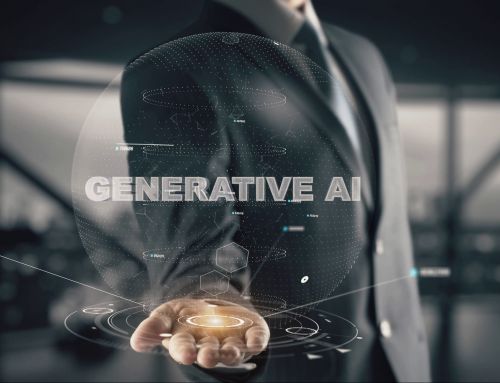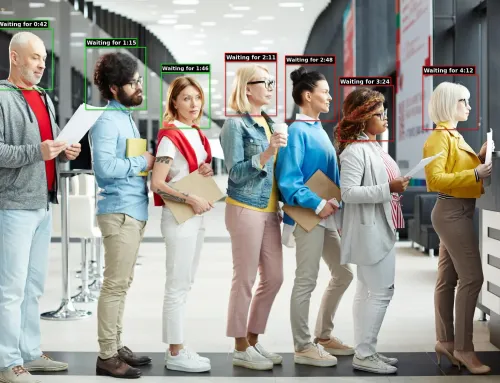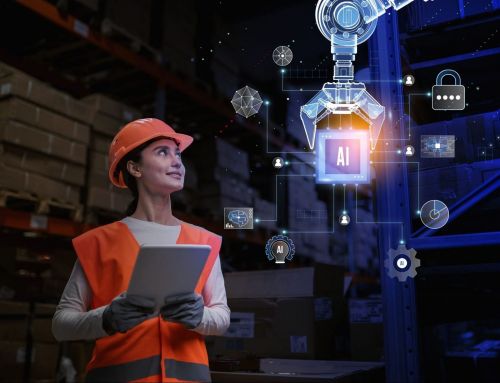Even if you are not familiar with the data science field, you have probably heard the terms Artificial Intelligence (AI), Machine Learning (ML), and Deep Learning (DL). Though related and often used interchangeably, these terms have different meanings. This blog aims to define each of these terms and clarify the ambiguity you may have about them.
In this blog, we will discuss the following topics:
- What is Artificial Intelligence?
- What is Machine Learning, and how does it differ from Artificial Intelligence?
- What is Deep Learning, and how does it differ from Machine Learning?
- What are Artificial Neural Networks, and What are their roles in Deep Learning?
What is Artificial Intelligence?
Before diving deeper into describing each term, let’s make sure we know the relations between them. The easiest way to describe relations between AI, machine learning, and deep learning is to think of them as three rectangles from largest to smallest respectively, each encompassing the next one. In other words, Machine Learning is a subset of AI, whereas Deep Learning is a subset of Machine Learning.
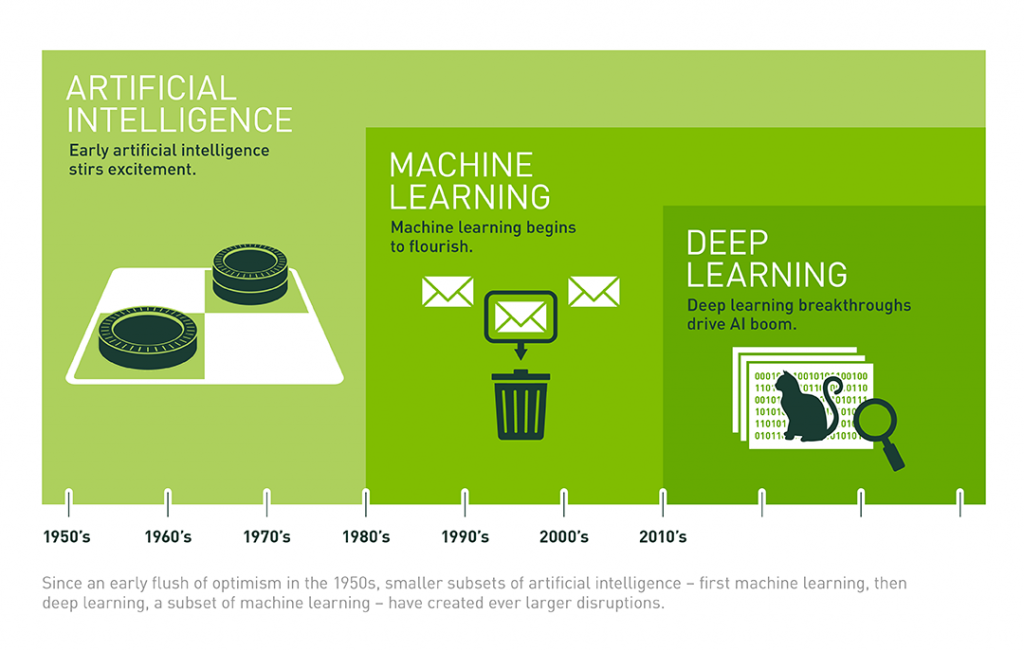
Source: Nvidia Corporate Blog
Let’s start with the broadest term, Artificial Intelligence (AI) describes the computers that mimic human intelligence. These computers have the ability to think and take actions based on the knowledge taught them by coding. As a result, AI can solve complex and tedious tasks that are conducted traditionally by humans. The famous examples of AI-conducted tasks are computer programs playing checkers or similar games.
With the advent of new technologies in computing power and enormous amounts of data in the 21st century, AI applications have blossomed. Each day huge amounts of data are generated by various cameras which are present in every aspect of our lives. This data is vital to train highly accurate AI algorithms (or models). However, the training process requires very powerful processors that exceed the capacity of traditional Central Processing Units (CPUs). This heavy workload can be managed very efficiently with Graphical Processing Units (GPUs). Rather than CPUs, GPUs, which are specialized and super fast processors, have enabled researchers to process this enormous amount of data in a very short time. Thanks to GPUs and enormous data sources, AI gained the ability to make an enormous impact on today’s everyday life with the new technologies of “Machine Learning” and “Deep Learning”.
What is Machine Learning, and how does it differ from Artificial Intelligence?
Machine Learning is a subset of Artificial Intelligence that has the ability to learn from the data that has been collected and apply this knowledge to future decisions.
Contrary to Artificial Intelligence, Machine Learning usually requires no coding to teach computers how to decide. Rather, the machine is trained with the collected data and this process enables the computer to learn how to perform a task. For AI to run, each different decision step must be hand-coded, while Machine Learning models can be trained by feeding with large amounts of data.
There are many use cases of Machine Learning adopted by companies, for example, to recommend products to customers based on their search or purchase history, or songs based on their likes and dislikes.

But one point to note is, Machine Learning requires human intervention, for example, to describe patterns, such as the boundaries of shapes. By applying these classifiers, the computer will define the object and decide whether it is the targeted object, such as a human, dog, traffic sign, etc., or not. But this requirement is not needed anymore with the advent of the next learning technology which is Deep Learning.
What is Deep Learning, and how does it differ from Machine Learning?
Deep Learning is a subset of Machine Learning that uses Artificial Neural Networks (ANNs) which mimic how brain neurons transmit information to one another and reach a decision. The main difference between Machine Learning and Deep Learning is the amount of data needed and the way they learn.
Machine Learning uses structured data for learning and requires relatively less amount of data for the process. However, Deep Learning does not require pre-classified data and learns independently. This difference eliminates the human intervention for classification and correction when something gets wrong, but requires huge data sets to train the models. However, thanks to GPUs and the enormous data generated every day by cameras, this requirement is no longer a problem at all.
What are Artificial Neural Networks, and What are their roles in Deep Learning?
Artificial Neural Networks used in Deep Learning are made of layers that include several nodes. These layers include the input layer, one or more middle layers, and the output layer. Each node in these layers is a neuron and they are connected to the neurons in the next layer. These neurons are the computing units and after getting the input, they make the necessary computation and transmit the result to the next layer. Finally, in the output layer, the decision is made based on all the computations in the neurons. One difference between Machine Learning and Deep Learning is that the latter has more than three layers (signaled by the word “Deep” in “Deep Learning”) while the former only has three.
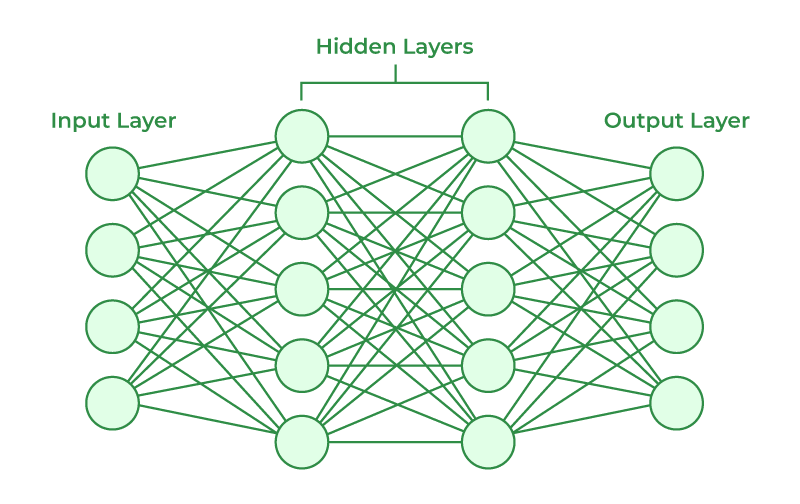
Source: Geeks for Geeks
Today, an increasing number of businesses, approximately 35% of the global businesses according to a study conducted by IBM, are using AI for various purposes such as increasing ROI, improving security, or data-driven decision making. Also, many other businesses are planning to adopt this technology. One of the best options to experience Deep Learning for your needs is Cordatus.
Cordatus is a No-Code AI Inference Platform that you can register and begin using instantly with the ready-to-use models on the platform such as face, people, and vehicle recognition. You can start using it for free with your existing physical cameras or IP cameras. You can check the website of Cordatus for detailed information about this amazing AI Platform.
We hope you enjoyed our post on AI, ML, and DL. But we’d love to hear from you: Did you like our blog? How could we make it better? Are there any other topics you’d like to see included here? Also, we are expecting you to join the Cordatus AI Platform and enter the amazing world of AI in just seconds.



